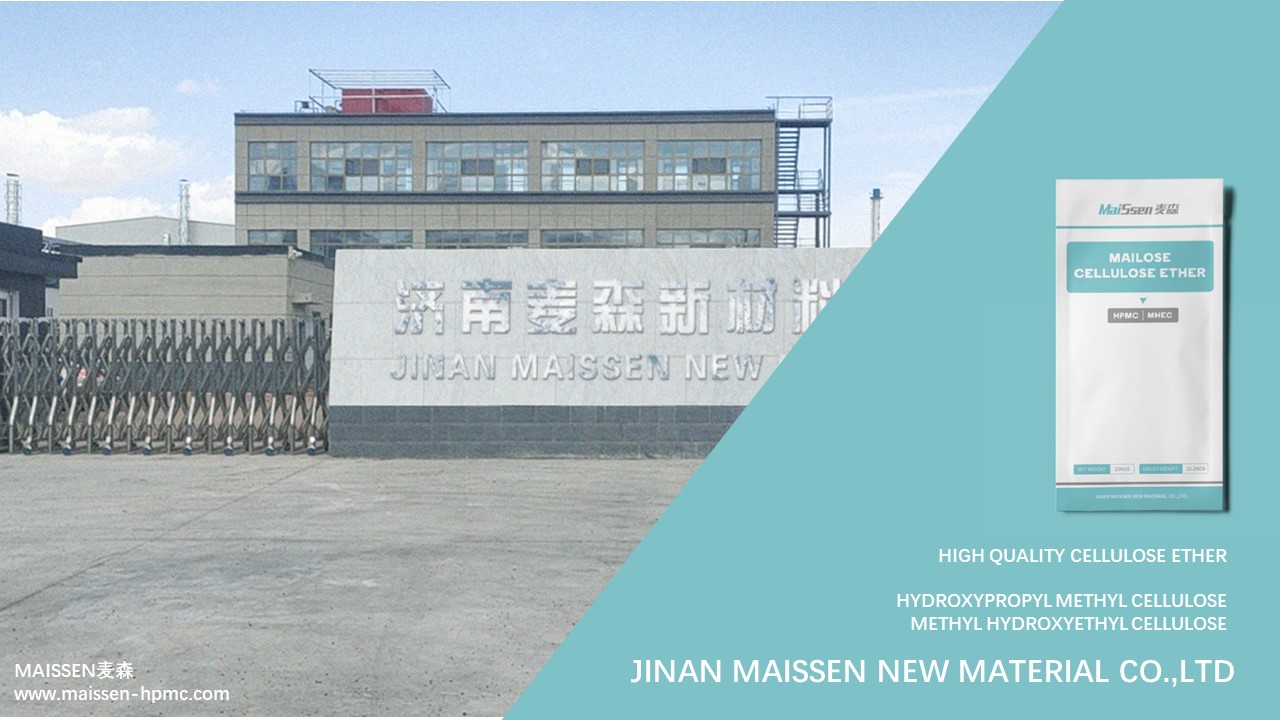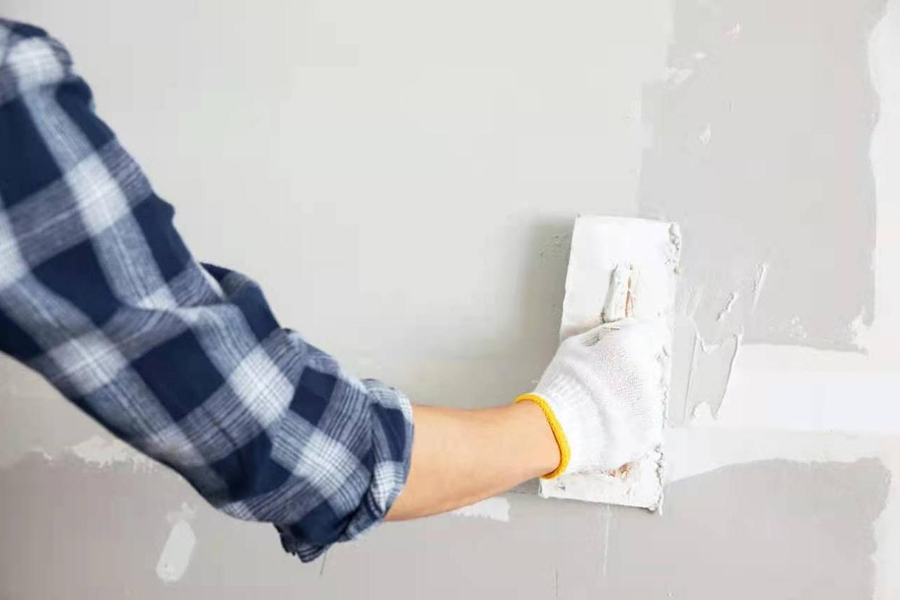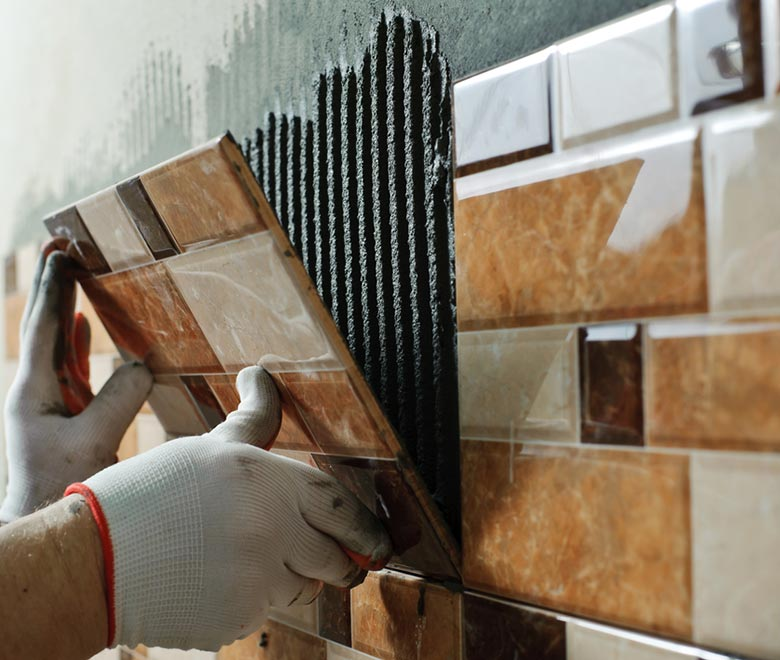The mechanized construction of plastering mortar has made a breakthrough in recent years. It has also developed from the traditional on-site self-mixing to the common dry-mixed mortar and wet-mixed mortar. Its superior performance and stability are the key factors to promote the development of mechanized plastering, and cellulose ether plays an irreplaceable role as the core additive of plastering mortar.
Cellulose ether.
It is a fiber derivative in which the hydroxyl group on the cellulose is partially or completely replaced by the ether group. In the presence of calcium ions, nonionic water-soluble cellulose ethers are widely used in the building materials industry because of their suspension stability and water retention. Its important property is the water-holding capacity of building materials. The water retained by a certain amount of the product can be kept in the mortar long enough to keep the cement hydrated and improve the adhesion of the mortar to the substrate. The consistency and slip resistance of the mortar are greatly affected by the modification. The consistency of mortar increases with increasing viscosity and content; the finer the particle size, the faster the initial consistency of fresh mortar increases.

Plastering mortar.
It is a general term for a mortar that is applied to the surface of a building foundation to level or protect it. It mainly consists of cement, filler, aggregate and various functional admixtures. The plastering mortar prepared in this experiment is mainly used as leveling mortar for lightweight walls such as aerated concrete blocks, fly ash blocks and vitrified bricks.
Currently, the domestic economy is down, and all industries are exploring transformation and upgrading. The "Internet +" has formed a new business and sales model in several industries, and has achieved remarkable results, which has a strong impact on the traditional model. In building construction, the most traditional is manual operation. Whether in modern or recent times, in rural or urban areas, the construction method in China is to scrape it onto the wall with a spatula and then scrape it flat with an aluminum scraper. This construction method is obviously time-consuming and inefficient, especially today when the labor force population is getting smaller and smaller, this construction method is obviously very backward and will be eliminated.
1. Mechanized plaster construction with dry mortar as the main body;
2. Mechanized plaster construction with wet mix mortar as the main body;
3. Mechanized plaster construction with field mix mortar as the main body.
These three construction methods vary from region to region, from mortar to mortar, and from local policy to local policy. As mechanized plaster construction has just started to be popular in China, there are many failures and problems. Generally speaking, the human machine and material are not skilled enough to work together. Specifically, construction workers are new models under old thinking and lose confidence when they encounter difficulties; the wear resistance of spraying equipment, the continuity of work, and the rationality of design need to be improved. As for mortar, it requires no deflection, settlement, good processability and fluidity, and no hollow drum and cracking after hardening. However, only a small part of these three aspects can be done well at present. Therefore, in the process of its mechanized construction and promotion to the whole country, it must do a good job of pre-testing reserves, mastering each technical aspect in detail, and doing a good job of training.
The purpose and significance of the experiment
In the process of mechanized construction, because the human-machine material cooperation does not meet the requirements, there are often problems such as equipment pipe blockage, mortar sagging, jumping sand particles, drying too fast or too slow, after hollow drum, cracking, and so on. These problems such as mortar hardening seriously affect the construction process. Therefore, the quality should be controlled by experiment and the mortar condition should be adjusted to the best condition. During the experiment, the role and principle of each raw material should be analyzed, and the mortar formula can be adjusted at any time according to the changes in external factors. For common products, water retention rate, 2h consistency loss, strength, and other indicators are experimental means to measure mortar performance, but for mechanized construction, these indicators are not enough. This experiment also requires a comprehensive analysis of the most suitable plastering mortar for mechanized construction through tests of mortar opening time, fluidity, resistance to sagging, and operational practice with common screw pumps in the market. The experimental basis is provided for the promotion of mechanized construction in China.
From the experimental data, it can be seen that the higher the viscosity of cellulose ether, the lower the fluidity value of mortar under the same water
material ratio. Therefore, it is concluded from the fluidity test that for the mechanized construction of mortar, the right viscosity of the cellulose ether
is important.










